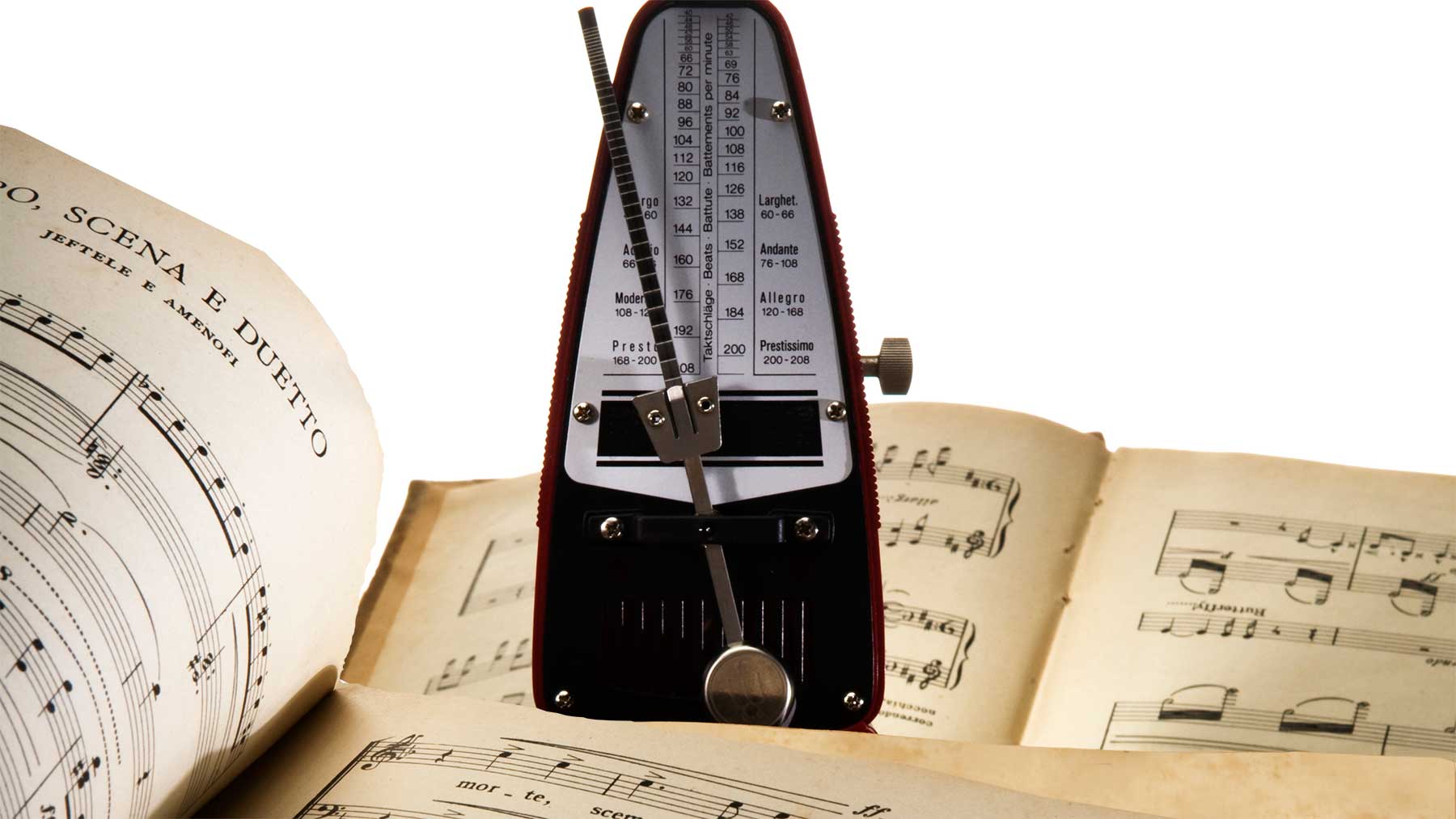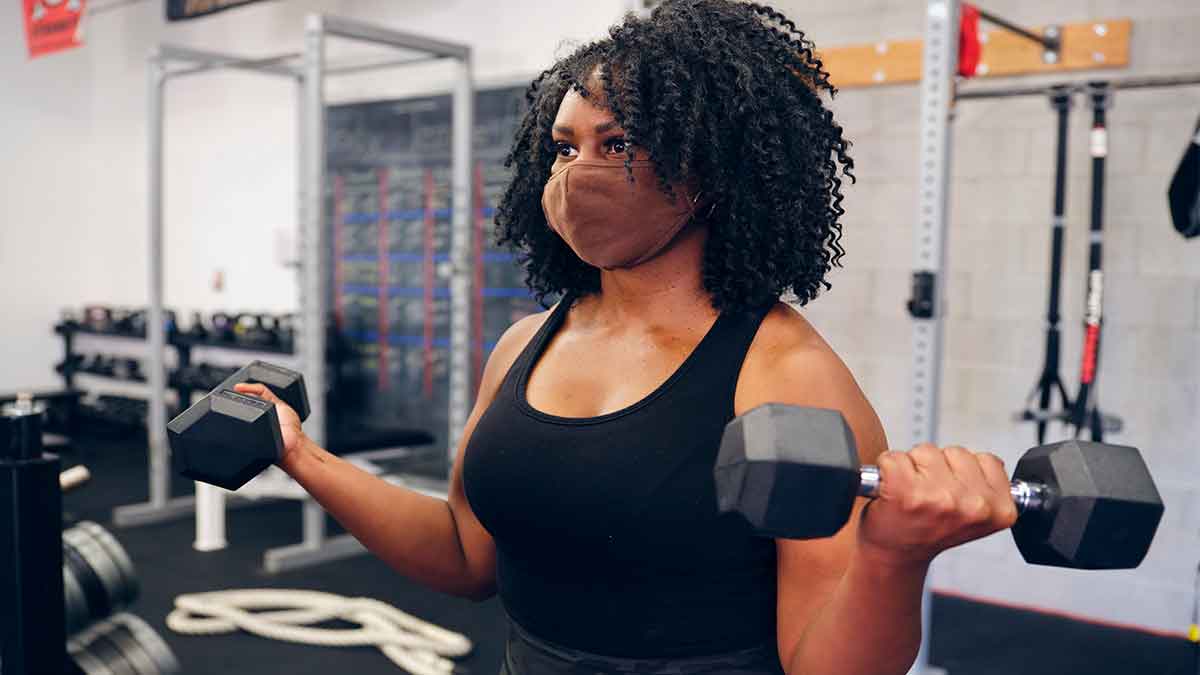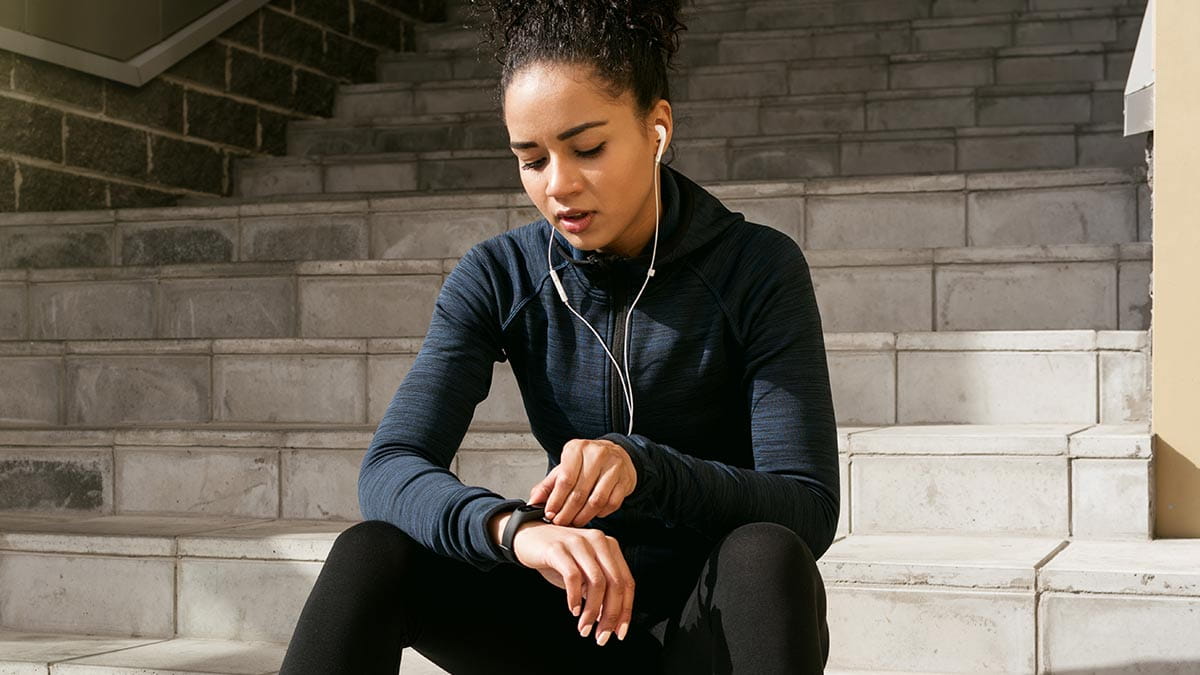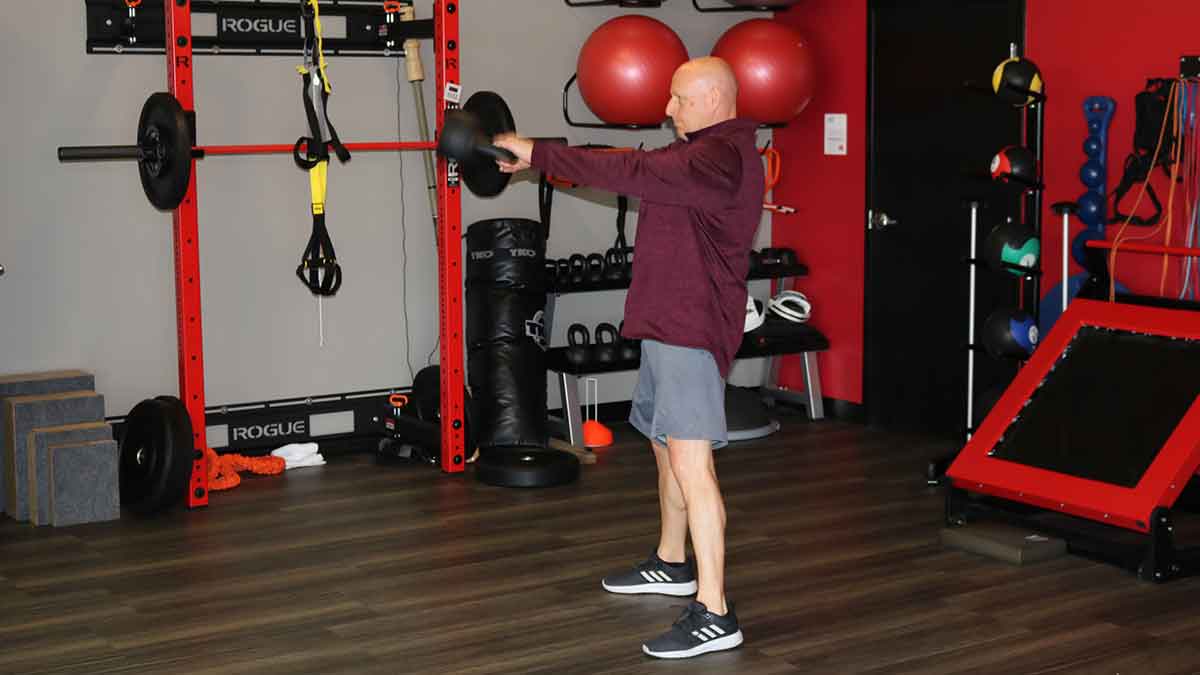Tick-tock: Why runners use metronomes

Looking to step up your running time or avoid injuries? Help can be just a tick-tock away.
Ohio State University’s Endurance Medicine team has been using metronomes to help injured runners as well as those looking to improve efficiency, performance and endurance. So what exactly is a metronome? It’s a device that produces a regular beat at a desired speed. Musicians have used them for centuries to help them keep a steady rhythm. But now they’re being used in physical therapy.
Kathy Wayman, PT, DPT, SCS, a physical therapist at The Ohio State University Wexner Medical Center, describes the benefits of this unique type of therapy.
How does it work?
It’s pretty simple -- physical therapists download a metronome app onto a smartphone or tablet and patients run to the beat like “right, left, right, left” with every beep. Sort of like a military cadence.
What’s the goal of this therapy?
The goal is to help runners prevent injuries and improve performance, says Wayman. Turns out most running injuries aren’t traumatic events like ACL tears, but rather from overuse. If you’re doing something wrong over and over again, those “missteps” easily add up. By improving, regulating and increasing a runner’s cadence, you can actually decrease the wear and tear on your lower extremity.
Does this mean I’m going to run faster?
Sorry, you won’t automatically become faster. You’re just increasing the number of steps per minute, not the pace. Wayman says you can run a 10-minute per mile pace at either 150 steps per minute or 180 steps per minute.
What problems can this type of therapy help?
Everything that involves overuse of your legs or trunk like low back pain, IT band pain, knee pain, shin splints, stress fractures or Achilles tendon issues can be improved.
Can I substitute music for a metronome?
Yes. Just make sure the song’s beat is the right tempo to get in the number of steps you need per minute. Your physical therapist can help you determine the right cadence.
How easy is it to increase my cadence?
Depends on how often you practice. Be aware that for the first 4-6 weeks, you’ll probably be less efficient and run awkwardly -- sort of like shuffling. That’s because your body needs time to adjust to the cadence change. For a smoother transition, run on a treadmill, which has a consistent pace. And at first you’ll probably feel more tired. That’s because your muscles aren’t firing in the same order or are firing at different rates than before. It takes time for your body to adjust. The key is to keep practicing and be patient.
"The overall goal with cadence changes is to improve power and efficiency. But runners need to be patient and allow 4-6 weeks of consistent practice to be comfortable with these changes,” says Wayman.




